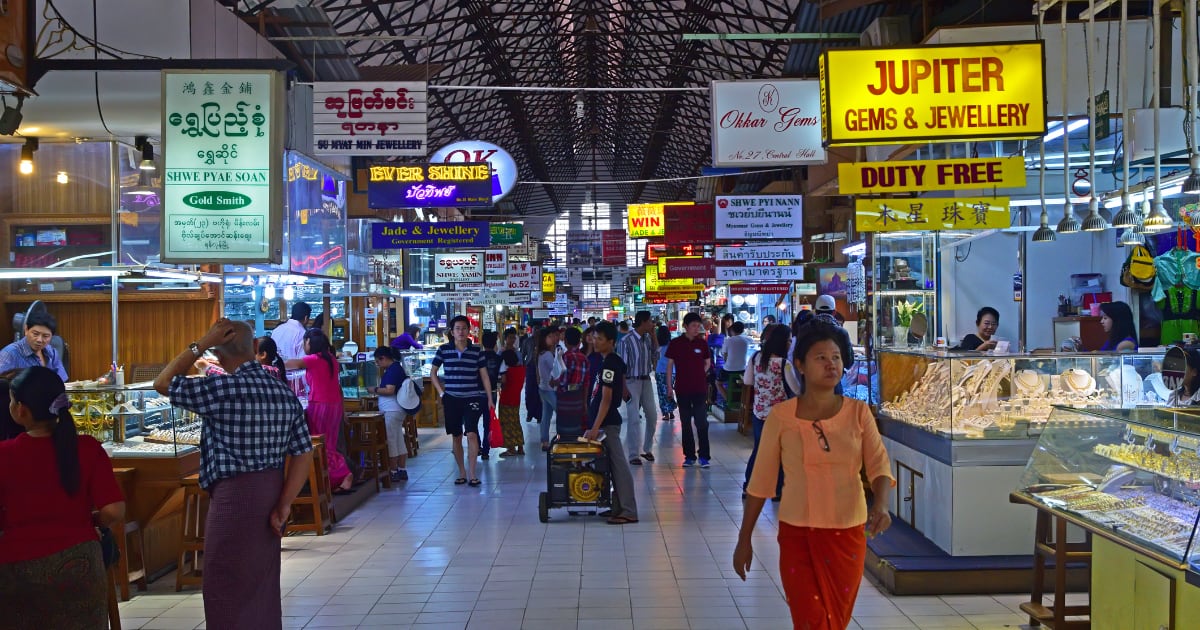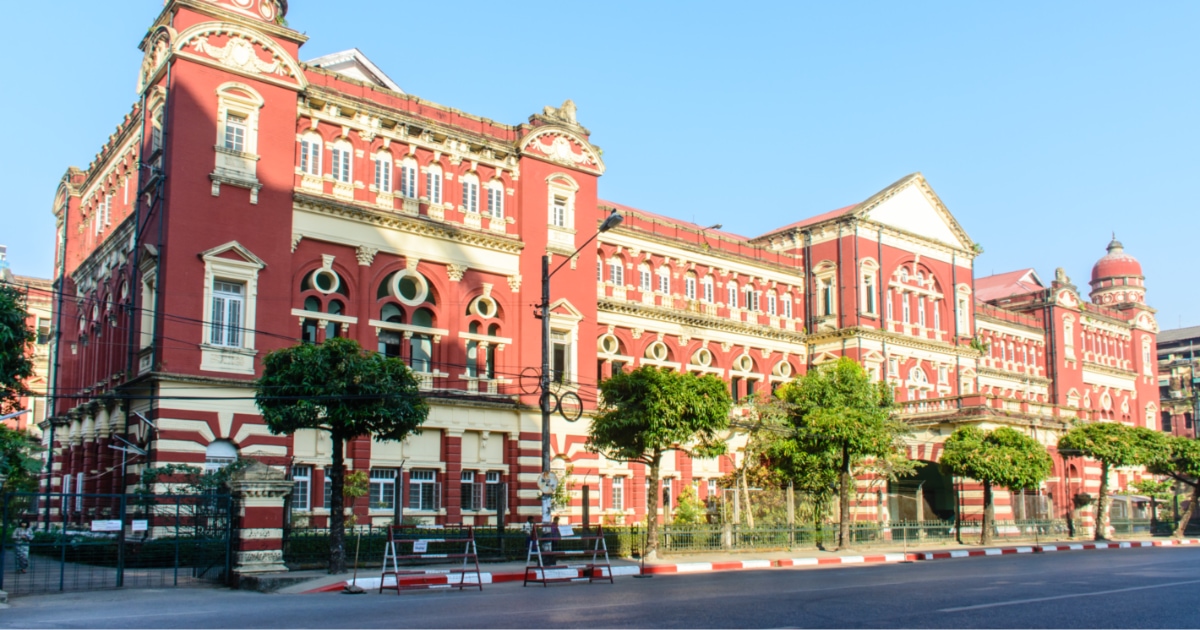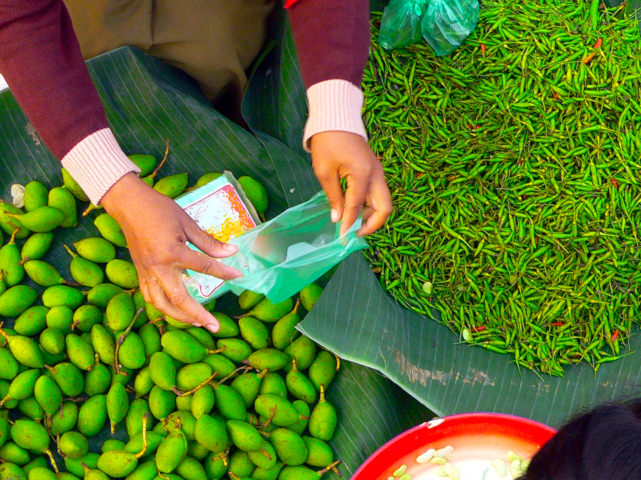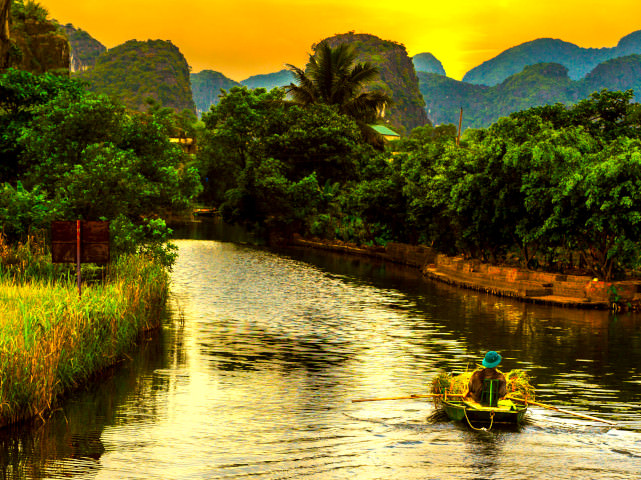Manufacturing sector is set to be a main source supported to the country’s economic growth and it is significantly potential for the long-term. The main concern behind the sector development is having the low labour cost and a strategic location for foreign investment along with the attractive incentives in accordance with Special Economic Zone Law and Myanmar Investment Law. According to the Eurocham’s 2019 manufacturing guide, manufacturing sector is mostly dominated by the small firms, but the firms’ size is likely to differ based on the industry. The World Bank also noted in Myanmar Economic Monitor publication that manufacturing counts for 75% of industry.
Labour market
Manufacturing sector is a major growing of employment. One of Myanmar’s chief advantages is that its labour costs remain extremely competitive, and in particular are significantly lower than labour costs in the other ASEAN countries. Myanmar minimum wage was introduced for the first time in 2015 at MMK 3,600 and increased to MMK 4,800 per day, which is the most attractive for foreign investors in manufacturing sector.
As part of the reform process, the government introduced a new Labour Organisation Law in 2012, which among other things relaxed controls on the rights of labour to unionise. Strikes are becoming more popular as is the movement of labour from factory to factory. In June 2013, the International Labour Organization lifted all restrictions on trade and investment in the country. To ensure for workers’ minimum wage and working conditions, the Myanmar Government has set a legislation on the Minimum Wage Law in June 2013, followed by the Payment of Wages Law in 2016. The second amendment of Settlement of Labour Dispute Law was enacted on June 2019 between employer and employee for better work environment, but related rules and regulations have not been enacted yet, with a call for an enactment by labour force.
Myanmar also possesses a demographic advantage in that it has a large working-age population and a significant number of semi-skilled workers. The World Bank estimates that approximately 85% of Myanmar’s present population is between the ages 15 – 65.
Investment Opportunities
The government of Myanmar is actively pursuing foreign investment. Measures introduced to date include the Myanmar Investment Law (MIL) and Special Economic Zone Law (SEZ Law), with ranging from simplifying the approval processes, moving online company registration and reducing the restriction on foreign companies under the Myanmar Companies Law 2017. Myanmar has three SEZs in which Thilawa SEZ is the most investment developed zone, located in Yangon. Investors who invest and operate businesses located in SEZs can avail of certain privileges, described in MIL and SEZ Law.
MIL offers income tax exemptions to investors based on the investment zones which are divided as less developed zone, moderate developed zone and developed zone, inclusive of exemptions and reliefs on customs duty and other internal tax. If the investment is located in the special economic zones, the investors can entitle to obtain the incentives offered according to SEZ Law.
The following are the examples of domestic manufacturing sectors which the investors could consider –
- Labor-intensive industries in second-tier cities (e.g. Pathein, Bago, Hpa An) in areas such as production of garments and shoes, or assembling of toys and stationery articles
- Agro-processing industries
- Production of building materials strongly demanded by the national construction industry (e.g. cement, bricks, steel, glass, paints, doors, windows)
- Gemstone processing industries (e.g. jade, sapphires, rubies) to establish value-adding production such as design, cutting and polishing
- Capital-intensive industries (e.g. automotive, land machinery) particularly at locations with good access to international and national markets (e.g. SEZs)
- Wood-processing industry particularly based on hardwood and bamboo (e.g. furniture production)
- Developing the paper and cardboard industry
- High-tech industries (e.g. in Yangon, Nay Pyi Taw, Bago and Mandalay) based on local, regional and global demand and the opportunities through the proximity of international airports
- Chemical industries (e.g. pharmaceutical and plastic articles) based on local and regional demand
- Industrial services (e.g. waste water management, recycling, training)
Current Challenges
The biggest challenge facing manufacturing in Myanmar is its inadequate and underdeveloped infrastructure. Myanmar’s electricity grid remains prone to shortages and black-outs. Factories, especially those seeking to operate on a twenty-four hour basis, need to maintain back-up generators, which are often expensive to run and unsuitable for large scale manufacturing. Manufacturers may find existing plants and facilities in Myanmar are inadequate for their production needs. It is also expected that the country’s current electrification rate will be double by 2030 with the international help.
The high price of property is affecting the recovery of manufacturing in Myanmar. The price of residential, commercial and manufacturing space has reached prohibitive levels. Manufacturers are increasingly settling for working within existing property structures rather than develop green-field projects. The development of modern manufacturing facilities is therefore vital to the long term improvement in the quality in manufacturing in Myanmar.







